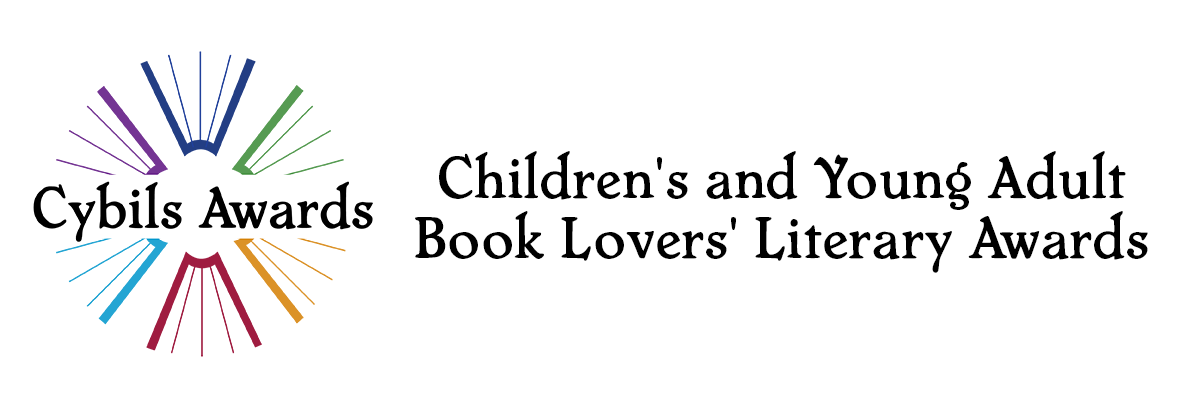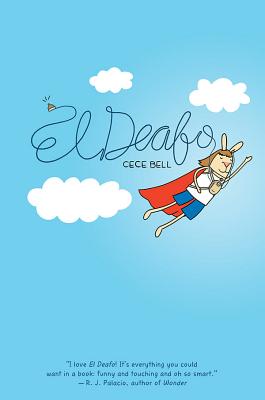First off, congrats! El Deafo is a fantastic graphic novel. Can you tell us a bit about how this book came to be?
CB: Thanks so much. I’m so pleased you enjoyed the book! And let me give you a big thank-you for this award. It means a LOT to me. I’ve been off Twitter for a while and have not been doing a good job of being gracious. But I truly appreciate this award so much.
Anyway, this book came out of a need to give hearing people a kind of “manual” for dealing with those among them (like me) who have trouble hearing. I had to wait a long time before I was ready to actually share with the world the fact that I am deaf. Of course, the book turned into a lot more as it developed, which was an unexpected (but good!) surprise.
How do you approach the process of creating a graphic novel? Do you start with the story and then develop characters, or does a sketched character beg for you to write its story?
CB: In this case, I started with the story, and I think if I did another one, I would still start with the story. That’s how I work in the other formats that I’ve attempted (picture book and early readers). I rarely illustrate anything until I’ve perfected the story. That’s easier to do when it’s a short story, like the story for a picture book. In the case of El Deafo, I started with a very detailed outline, and then fleshed out each chapter (in order) by sketching it out and filling in text and conversation. There was a lot of back-and-forth between words and pictures (and with my editor, Susan Van Metre) to get the chapters just right. Every now and then I will come up with the character first…but it really is the story first for me—even if I have no experience drawing certain things in the story.
CB: Why did you decide to tell the story using rabbits?
I get asked this question so often that I’m gonna cut and paste my response from an earlier interview. Forgive me! Here it is:
I wanted to show what it felt like to be the only deaf kid in my elementary school. I needed a good visual metaphor, and rabbits, with their big ears and amazing hearing, were perfect for that. Essentially, I felt like the only rabbit whose big ears didn’t work—I had the ears for show, but little else. Also, drawing the cords of the hearing aid so that they went above my head into rabbit ears (as opposed to having them go into my actual ears) perfectly captures how conspicuous I felt as a kid.
It’s a memoir, but we’re assuming not everything is “fact”. How did you choose what to include (and what to leave out) from your life?
CB: That was tough. Fortunately, Susan is a sensational editor and helped guide the book toward it’s best story arc. Things that didn’t quite fit in with the story arc (which ended up being one of friendship and hardship at school and at home) got thrown out. I tried to use the stories from my childhood that I remembered with the most clarity—the things I remembered with that kind of clarity were probably some of the most important events in my life, even if the events themselves might not really seem that momentous to someone else.
If you don’t mind us asking, what’s next for you?
CB: I’ve got a silly picture book called I YAM A DONKEY coming out in June of this year from Clarion Books.
I’m close to completing a picture book called CHUCK AND WOODCHUCK with Candlewick Press. I’m also working on a second Rabbit & Robot early reader book and a fourth Sock Monkey Book with CP, too.
I’m illustrating a series of three books for my husband Tom Angleberger—these are early reader books about a detective who is also a Venus flytrap. These are for Abrams/Amulet (the publishers of El Deafo and Tom’s Origami Yoda series).
There’s a bunch of things kicking around in my brain…and possibly a second El Deafo book up there, too…but I’m not sure!
Busy times, indeed. I accidentally typed “busty times” at first. Rest assured, that is not the case, ha ha!
Thanks again, Cece!
CB: Thanks for taking the time to interview me…and again, I am so grateful for this award.
Be sure to follow Cece on Twitter, and check out her website!

